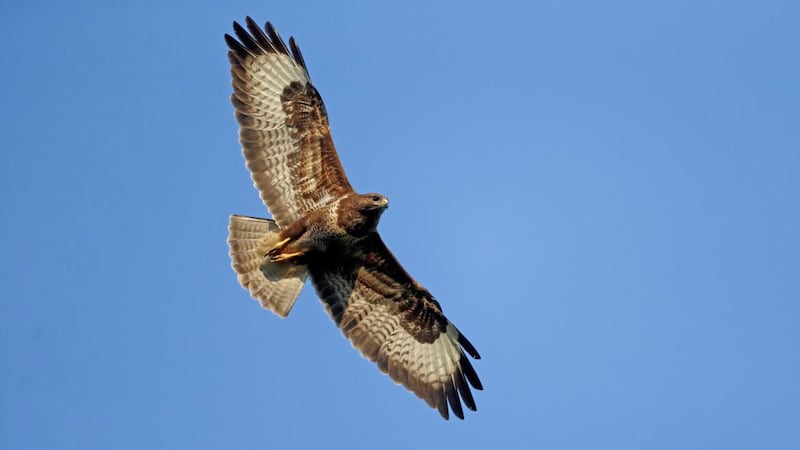LENT, the 40-day period leading to Easter in the Christian calendar is traditionally a time of fasting, reflection and preparation before the celebration of Jesus’ passion, death and resurrection.
The word itself comes from the Old English word ‘Lencten’ meaning ‘to lengthen’, a reference to the lengthening days of spring when Easter occurs.
Lent was a much simpler word than the official Latin title used, ‘quadragesima’, meaning the 40 days or the fortieth day.
Unlike Christmas, the timing of Lent and Easter is based on the Lunar calendar with Easter, in the Catholic Church always falling on the first Sunday after the first full moon following the spring equinox (this year on March 20). Therefore, when Easter moves so does the beginning of Lent, Ash Wednesday.
No doubt many will have indulged in the age-old practice of making and eating pancakes on Shrove Tuesday earlier this week, the custom of using up foods that some would not eat during Lent such as meat, fats, and eggs.
This was a last chance to feast before the fasting ahead, while also making sure no perishable foodstuffs would be wasted. Shrove originates from ‘Shrovetide’ and the religious ritual of ‘shriving’ where confessions were heard, and absolution given.
This is explained in the writing of a monk in the Anglo-Saxon Ecclesiastical Institutes around 1,000 years ago: "In the week before Lent everyone shall go to his confessor and confess his deeds and the confessor shall so shrive him" (Thurston, H. Shrovetide in The Catholic Encyclopedia, 1913).
These thoughts came to the mind after watching a mischievous magpie last Monday carry a stick in its beak towards the bare tops of an ivy clad tree, in preparation for nest building.
Along with elevated levels of birdsong, some early flowering, and the spectacular aerial displays of a tumbling, rolling raven, this sight was another manifestation of spring preparation. Just as Lent is a time for spiritual renewal, spring is the time for natural renewal and rebirth, which has now also begun.
Those with nest boxes around their living space may have already noticed blue-tits or great-tits hovering around, enquiring and investigating the box, possibly even entering it for a short time. This signals their interest in choosing the box as a suitable nest site for raising young during April and May.
The birds are checking if it is secure and dry, like the tree cavities which would have been used in their traditional woodland habitat. When inside, the bird is often heard tapping the walls of the box, probably testing it for strength and marking it as their property.
These early behaviours are all strong indicators the birds will use the box and visit it frequently before nest building in earnest, during April. For other visible signs birds are readying for spring, raise our eyes skyward and look out for species like the now much more common buzzard, with its broad wings, brown plumage, and pale patches, performing acrobatic displays to impress a mate.
These aerial ‘rollercoasters’ involve the male bird flying upwards, soaring high, before swooping down in spectacular fashion twisting and turning repeatedly on the way. The smaller sparrowhawk will also execute a similar type of display flight, with both male and female sometimes looping up and down together in preparation for the breeding season.
Swans, geese and wildfowl too will, in the weeks ahead gather in flocks before taking to the skies as they journey back to their breeding grounds in Iceland, Greenland, the Arctic tundra and Siberia. At this time of transition to spring look out for nature’s many preparations.








